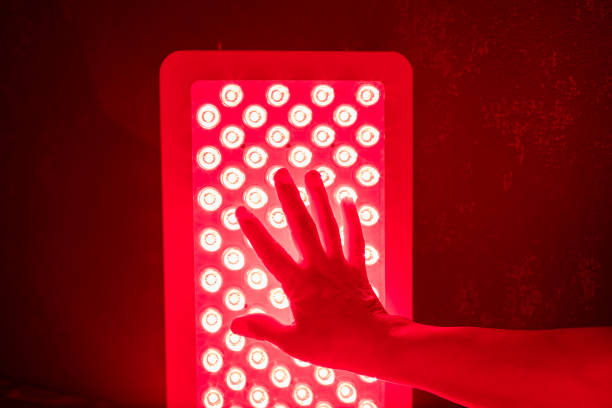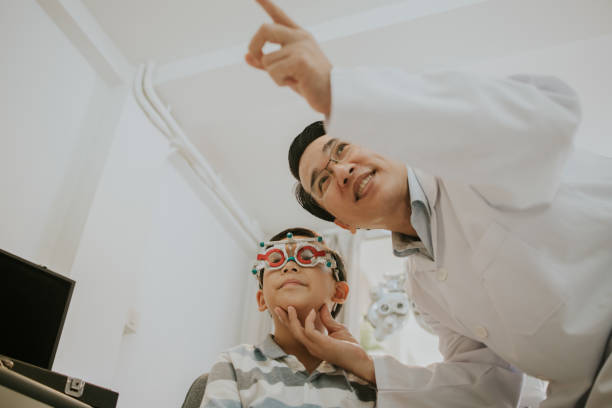Embracing the Potential of Photobiomodulation Therapy
Introduction: Have you ever considered the potential of light in healing and wellness? Photobiomodulation (PBM) therapy is a revolutionary treatment method that uses light to improve cellular health and stimulate healing. This article digs deep into the science, benefits, and challenges of PBM therapy, offering a fresh perspective on health and wellness.

The Emergence of Photobiomodulation Therapy
Photobiomodulation (PBM) therapy, also known as low level laser therapy, traces its origins to the mid-20th century when Endre Mester, a Hungarian physician, discovered that low-power laser light could stimulate hair growth and accelerate wound healing. Since then, research into PBM has expanded, with scientists exploring its potential in treating a wide range of health conditions.
The Science Behind Photobiomodulation Therapy
At the heart of PBM therapy is the ability of certain wavelengths of light, particularly in the red and near-infrared spectrum, to stimulate cellular processes. This light is absorbed by mitochondria, the powerhouses of cells, where it stimulates the production of adenosine triphosphate (ATP)—the energy currency of cells. This process, in turn, enhances cellular function, accelerates healing, and reduces inflammation.
The Widespread Application of PBM Therapy
The therapeutic applications of PBM therapy are extensive. It is currently being used to manage chronic pain, accelerate wound healing, enhance athletic performance, and improve skin health. Moreover, emerging research suggests that PBM therapy may have potential in treating neurodegenerative disorders, such as Alzheimer’s and Parkinson’s disease.
The Benefits and Challenges of PBM Therapy
Despite its widespread application, PBM therapy is not without challenges. The therapy parameters—wavelength, power density, and treatment duration—must be accurately adjusted for each individual, making it a complex therapy to administer. However, the benefits of PBM therapy, including its non-invasive nature, the absence of side effects, and its potential in managing chronic conditions, make it a promising avenue for future health interventions.
The Future of Photobiomodulation Therapy
As research into PBM therapy continues, it’s likely that we’ll see an expansion of its applications and a deeper understanding of its mechanisms. As with any evolving therapy, it’s crucial to stay abreast of the latest research and consult with a healthcare professional before considering PBM therapy.
Practical Health Insights
- PBM therapy can be used as a complementary treatment to conventional therapies, enhancing their effectiveness.
- Home-use PBM devices are available, but it’s crucial to use these under the guidance of a healthcare professional.
- A healthy lifestyle, including a balanced diet and regular exercise, can enhance the effectiveness of PBM therapy.
In conclusion, Photobiomodulation therapy offers an exciting perspective in the realm of health and wellness. Its ability to harness light for healing and wellness opens up new possibilities for managing a wide array of health conditions. While the science is still evolving, the potential benefits of PBM therapy make it a fascinating area of health research worth watching.





